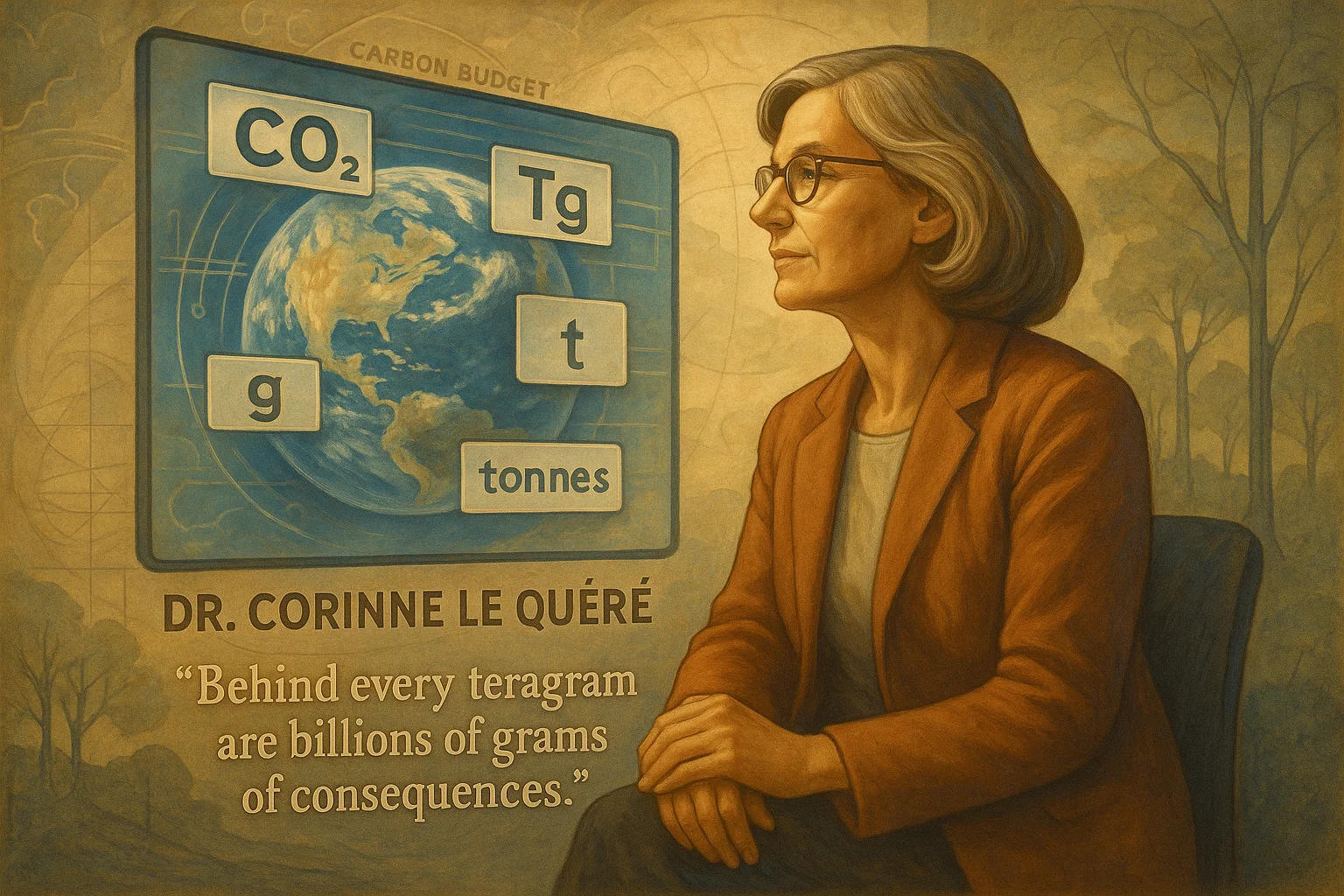teragram to gram - How to convert Tg to g
Dealing with massive quantities? Jetcalculator’s teragram to gram converter helps you transform scientific-scale numbers into usable data in seconds. We will cover what both units mean, how to convert Tg to g, and how this conversion is used in the real world.
.jpg)
Teragrams and Grams - What do you need?
Teragrams (Tg) is a metric unit of mass equal to one trillion grams. This unit is used for environmental studies (e.g., CO₂ emissions), planetary science, global agricultural production, and resource consumption reporting
The teragram allows scientists and policy analysts to work with large-scale data more efficiently.
Grams (g) is a fundamental metric unit used in both everyday and scientific contexts. It is used for food and nutrition labels, scientific samples and lab work, small material measurements, and standard documentation and reporting
If you need to convert grams to other units, try our complete weight converter.
How to Convert Tg to g
The conversion is straightforward:
grams = teragrams × 10¹²
For example:
-
2 Tg = 2,000,000,000,000 g
-
0.5 Tg = 500,000,000,000 g
Large numbers? No problem. Use Jetcalculator’s conversion tools to skip the zeros and go straight to the answer.
Did You Know?
-
In global climate reporting, carbon emissions are measured in teragrams of CO₂. The Amazon rainforest alone absorbs around 1,000 Tg of CO₂ annually—roughly 1 billion tonnes.
-
A sheet of standard printer paper weighs about 5 grams, meaning 1 Tg of paper would equal 200 billion sheets—enough to stack from Earth to the Moon and back.
-
According to the UN Food and Agriculture Organization (FAO), global food waste exceeds 1,300 Tg per year, emphasizing the scale of global inefficiency in food distribution.
-
The average metal teaspoon weighs about 20 grams, so 1 teragram would equal the weight of 50 billion teaspoons.
-
The total biomass of all humans on Earth is estimated to be around 600 Tg. That’s the combined mass of over 8 billion people!
-
The famous "Coca-Cola formula" is so precise that it includes ingredients measured down to the gram or less—one of the most closely guarded recipes in history.
A Scientist’s Legacy in Teragrams
In the early 2000s, Dr. Corinne Le Quéré, a French-Canadian climate scientist, became a leading voice in quantifying carbon emissions on a global scale. At the time, only a handful of experts were converting carbon movement into teragram-level data, and Corinne was one of the first to standardize emissions tracking using Tg units.
Working with the Global Carbon Project, she helped design carbon “budgets” showing how much CO₂ the Earth’s ecosystems could absorb versus how much humans emitted. Her reports translated those figures into grams, tonnes, and teragrams, making them readable not just by researchers but by governments and policymakers.
Corinne’s legacy shows that behind every teragram are billions of grams of real-world consequences — and that understanding such conversions can bridge the gap between global data and human action.

Conclusion
Converting teragram to gram (Tg to g) is essential when transitioning from large-scale environmental data to practical, recordable metrics. With 1 Tg equal to 1 trillion grams, Jetcalculator helps you manage enormous data sets with ease and precision.

